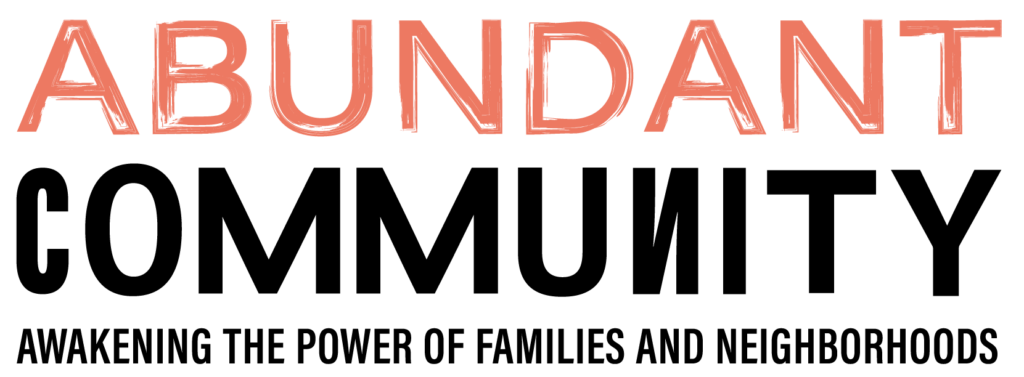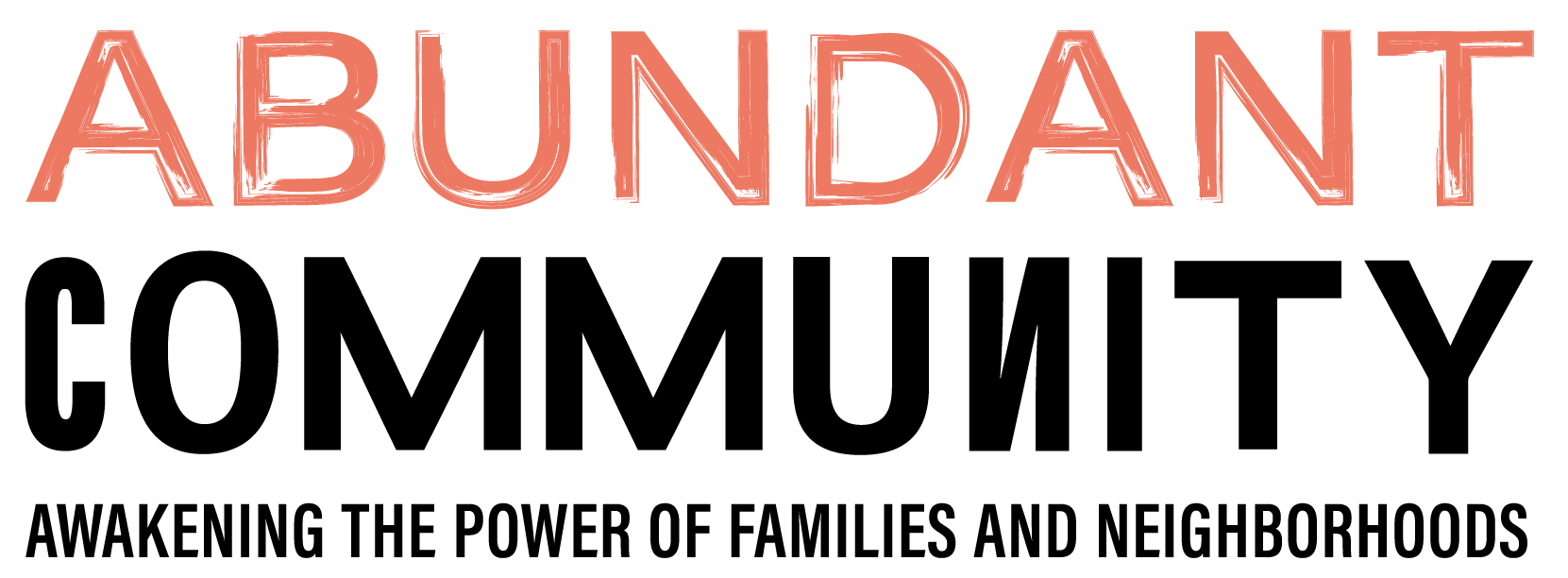While the US and many other countries experiencing impossibly rising house costs, loneliness has also been recently declared a public health crisis. Many of us are also seeking more sustainable ways to live to better support the health of our climate and all life on Earth. What might co-living offer those in modern western societies as a way to revive the many benefits of community in our most “close-in” everyday lives?
In this episode of NPR’s Life Kit, Marielle Segarra speaks with long-time co-living practitioner and writer Gillian Morris about shared housing, its many benefits and nuances, as something we all might consider peering outside of the modern message that “success” means establishing one’s own dwelling, either alone or with a nuclear family. They explore the many benefits of choosing to live with others who may not be one’s family, and how co-living differs from arrangements based purely on cutting costs.
Listen to the full episode below:
About Gillian Morris & “Supernuclear”
Supernuclear is a guide for people starting coliving communities for their chosen tribe, created by Gillian Morris with Phil Levin. Gillian writes:
“On the surface I’m a conventional yuppie millennial. I founded a tech company. My hobbies include hiking, reading, and I just did my first half Ironman. I spend too much time on Instagram. I wear athleisure.
But I’ve also spent the last five years living in community homes that ranged in size from five to sixteen people. I started one, Gramercy House, in NYC, and spent time in several others in the Bay Area, Berlin, and Puerto Rico, where I live now.
I’ve had some of my happiest moments — and worked through some gnarly lows — with people I’ve come to regard as family. There are simple pleasures, like coming off a red eye flight to a home cooked breakfast (Das Konsulat, Berlin). There are collisions you don’t expect, like when the guest in the room next to yours happens to be Liberia’s Minister of Education (the Embassy, San Francisco). And there are so, so many things that money can’t buy, like a group of people you’ve just met coming together to nurse you back to health after a horrible bike accident leaves you temporarily with no short term memory (the Icebreaker, San Francisco).
I’m sure I’m a better person because of coliving. I don’t think it’s for everyone, but I do think it is something that would make sense for many more people than are practicing it right now.
Which is why I’m teaming up with Phil Levin to write this guide. We want to distill the years of hard work we’ve put into figuring out what makes communities function into a resource for anyone who’s interested in coliving.”
Cover photo by RDNE Stock project.
Going Further:
- Intentional Neighborhoods in Co-Housing (Arthurs, Block, McKnight)
- What is Co-Living and is it Right for Me? (article) (Leeds)
- Coliving Experiment Tests Sharing Economy’s Potential (Luna)


